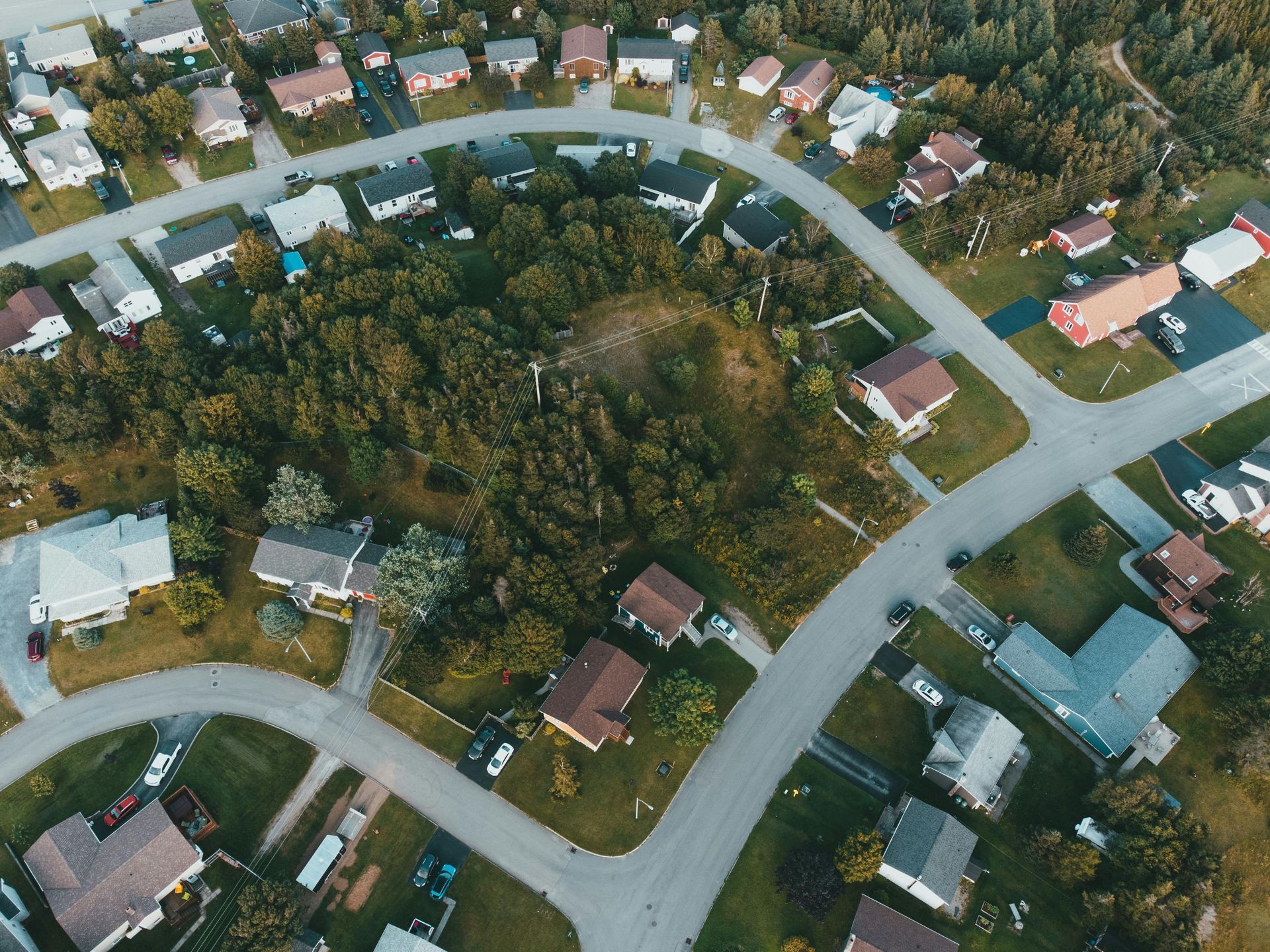As a quick refresher:
Phase 1 - Feasibility Study and Budgeting.
This phase is all about assessing viability, evaluating zoning, infrastructure, and environmental factors—and establishing a realistic budget that aligns with your financial goals.
Phase 2 - Decision Time – Move Forward or Reevaluate.
Here, you make the “Go/No-Go” decision. If research and feasibility align, you move forward with confidence. If not, you may need to pivot your approach, explore other sites, or you may consider canceling the project entirely.
Looking at Phase 3 and Phase 4, side by side
Phase 3 - Tentative Map and Site Plans.
A “Go” decision in Phase 2 leads you into Phase 3, which involves developing a Tentative Map and site improvement plans. Think of the Tentative Map as a preliminary design illustrating proposed lot lines, access points, and utilities.
Phase 3 - Traditional Approach:
Requires concept approval from local municipalities and often input from neighboring property owners—both of which can cause delays or additional requirements.
SB 9 Approach:
Streamlined and fast-tracked. Municipalities review your plans directly without requiring neighborhood approvals or public hearings, removing a significant hurdle in the traditional process.
Phase 4: Land Use Entitlements.
This phase includes detailed review by municipal departments—Planning, Building, Fire, and others. For traditional subdivisions, this culminates with a public hearing, which usually introduces delays, unexpected costs or conditions.
With SB 9:
No public hearing is required. This not only saves time but also reduces potential costs associated with extended entitlement processes. This is game changing! If the project meets the guidelines, then you proceed, no hearing needed!
Wrapping Up
In comparing SB 9 to the traditional subdivision approach, one thing is clear: SB 9 offers a streamlined, cost-effective alternative for eligible property owners who want to build smarter and faster. However, it's not a one-size-fits-all solution—thorough planning and feasibility remain essential to project success.
Curious about what happens next?
In our upcoming blog, we’ll cover the final stages of the 8-Phase Land Subdivision Process, including final map approval, construction documents, and project execution. Stay tuned as we guide you through the finish line of turning your property vision into reality!


